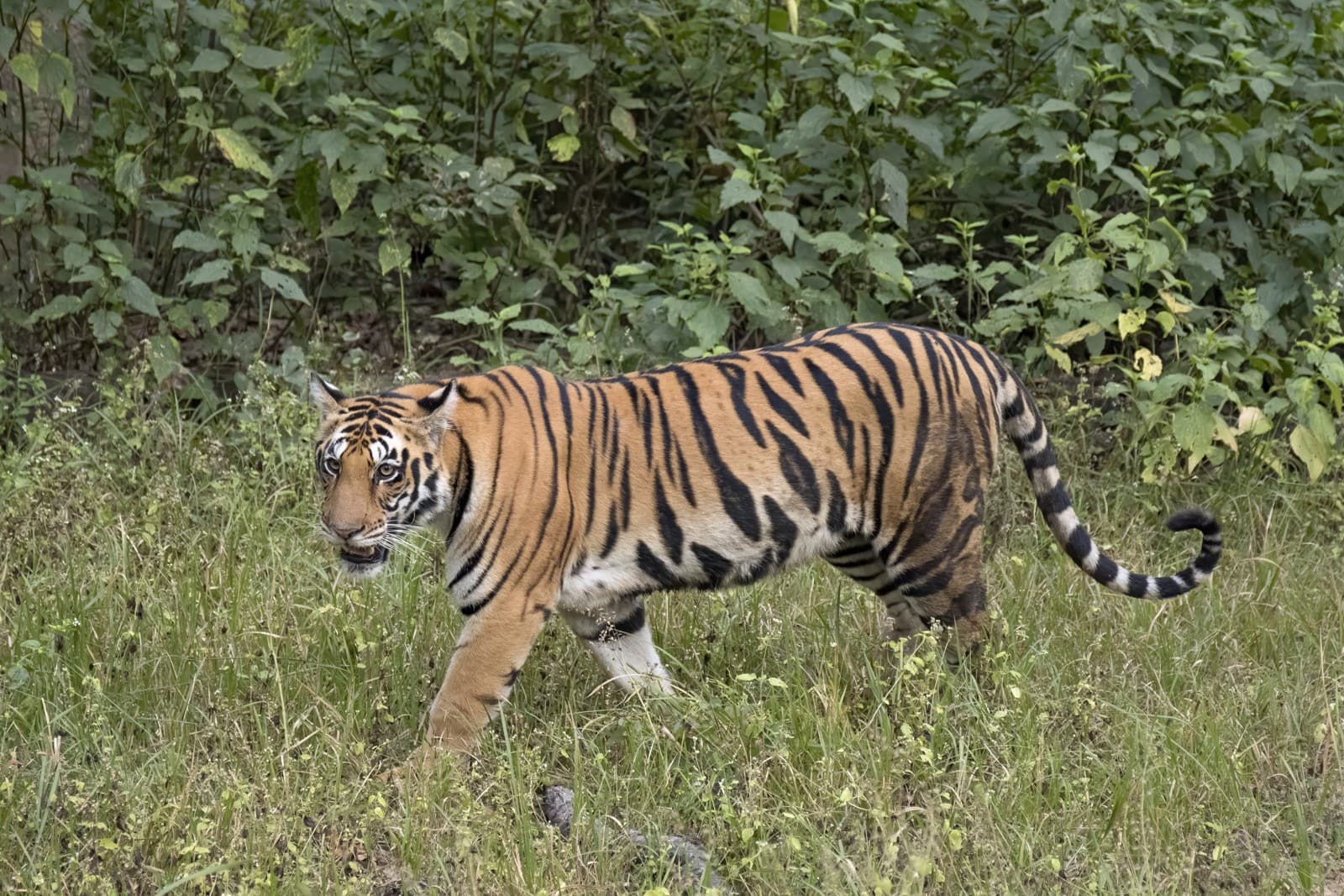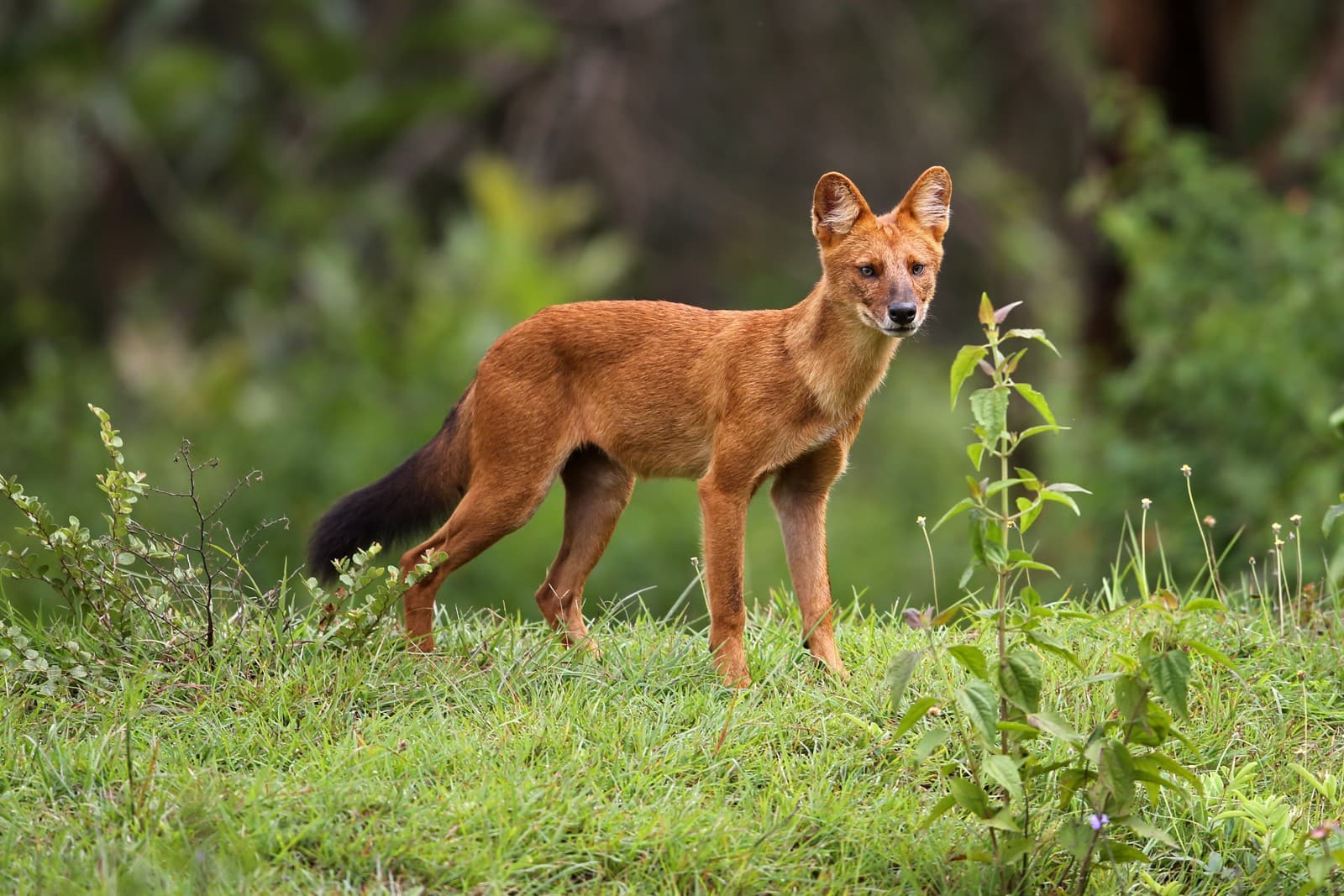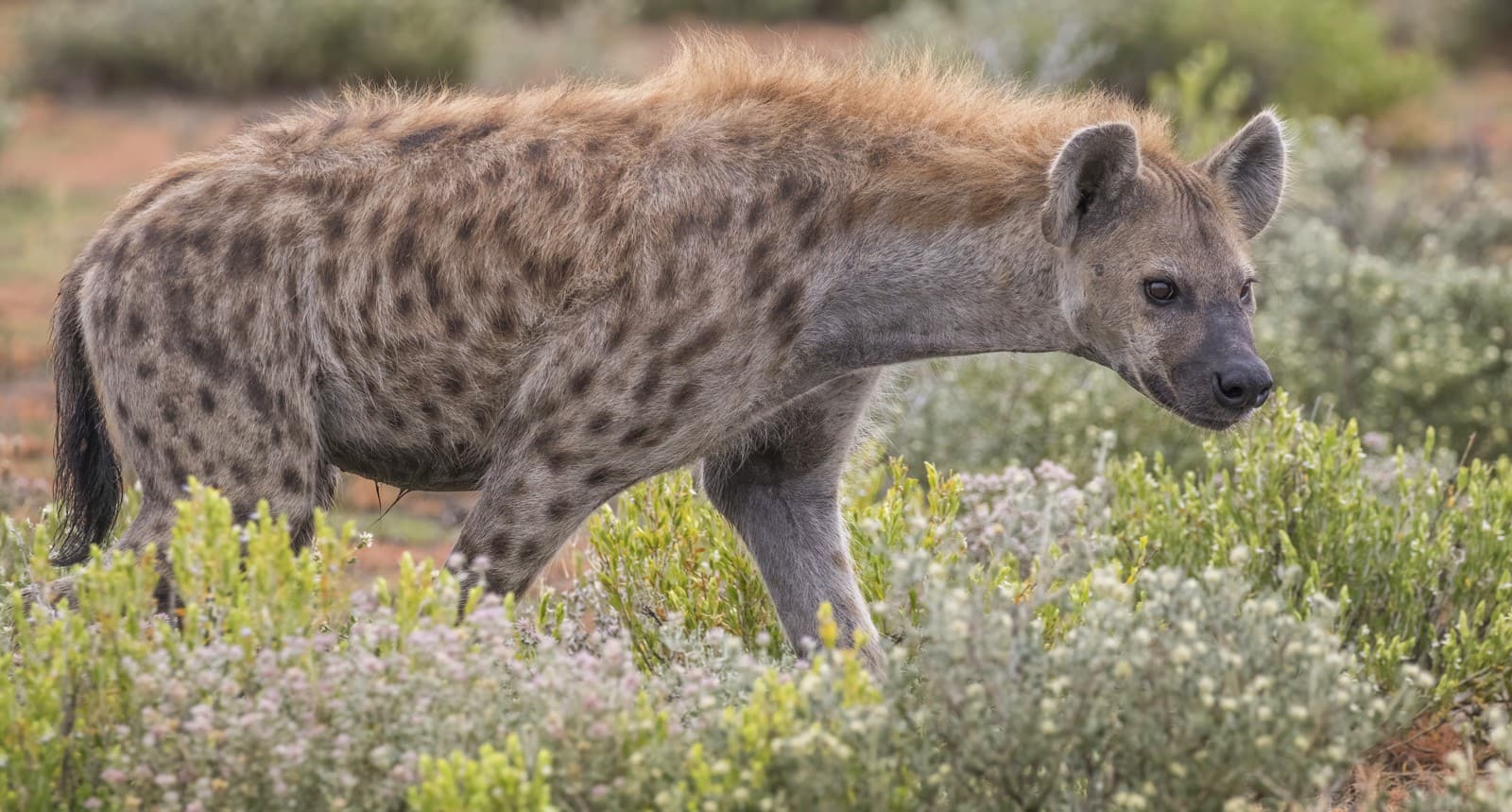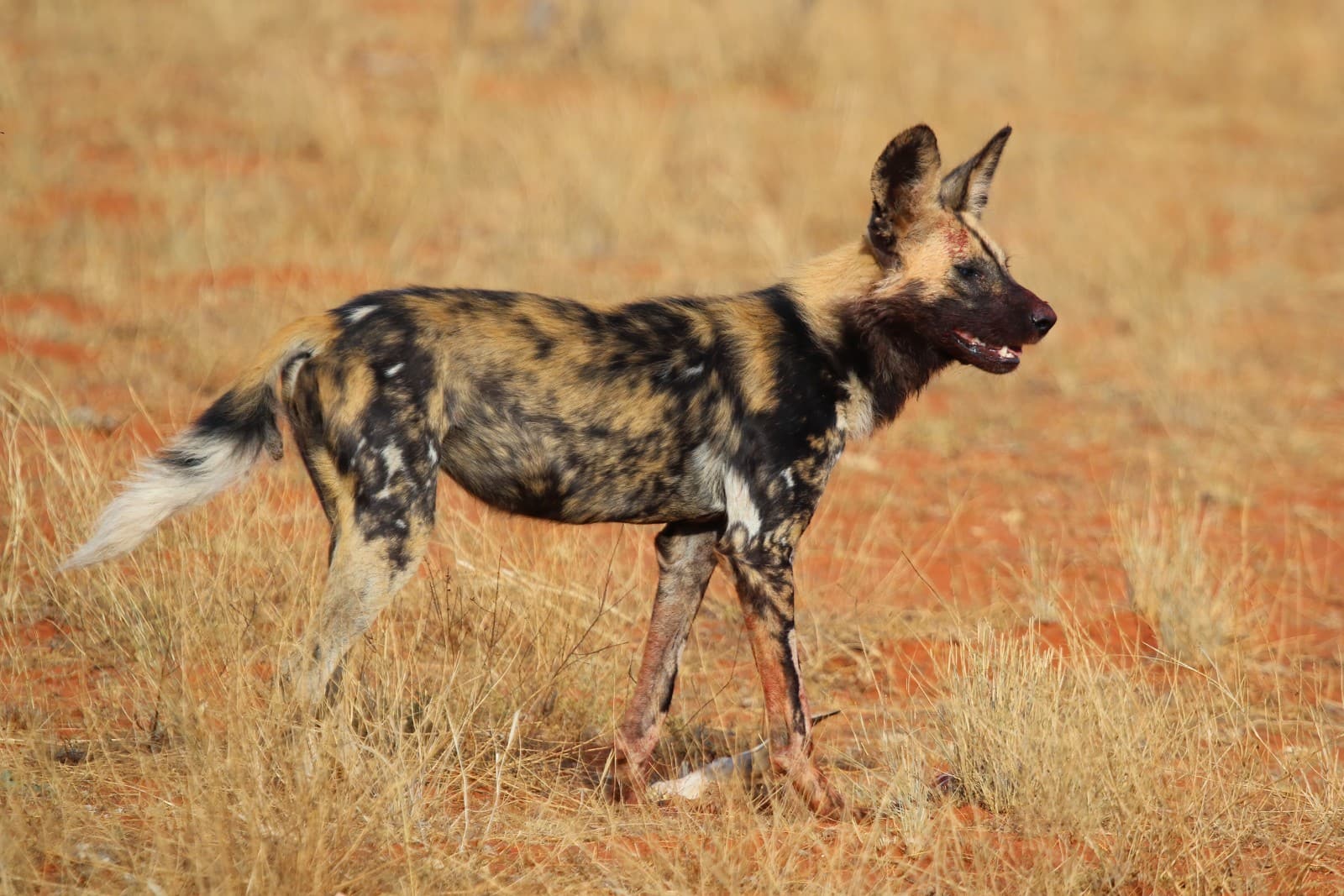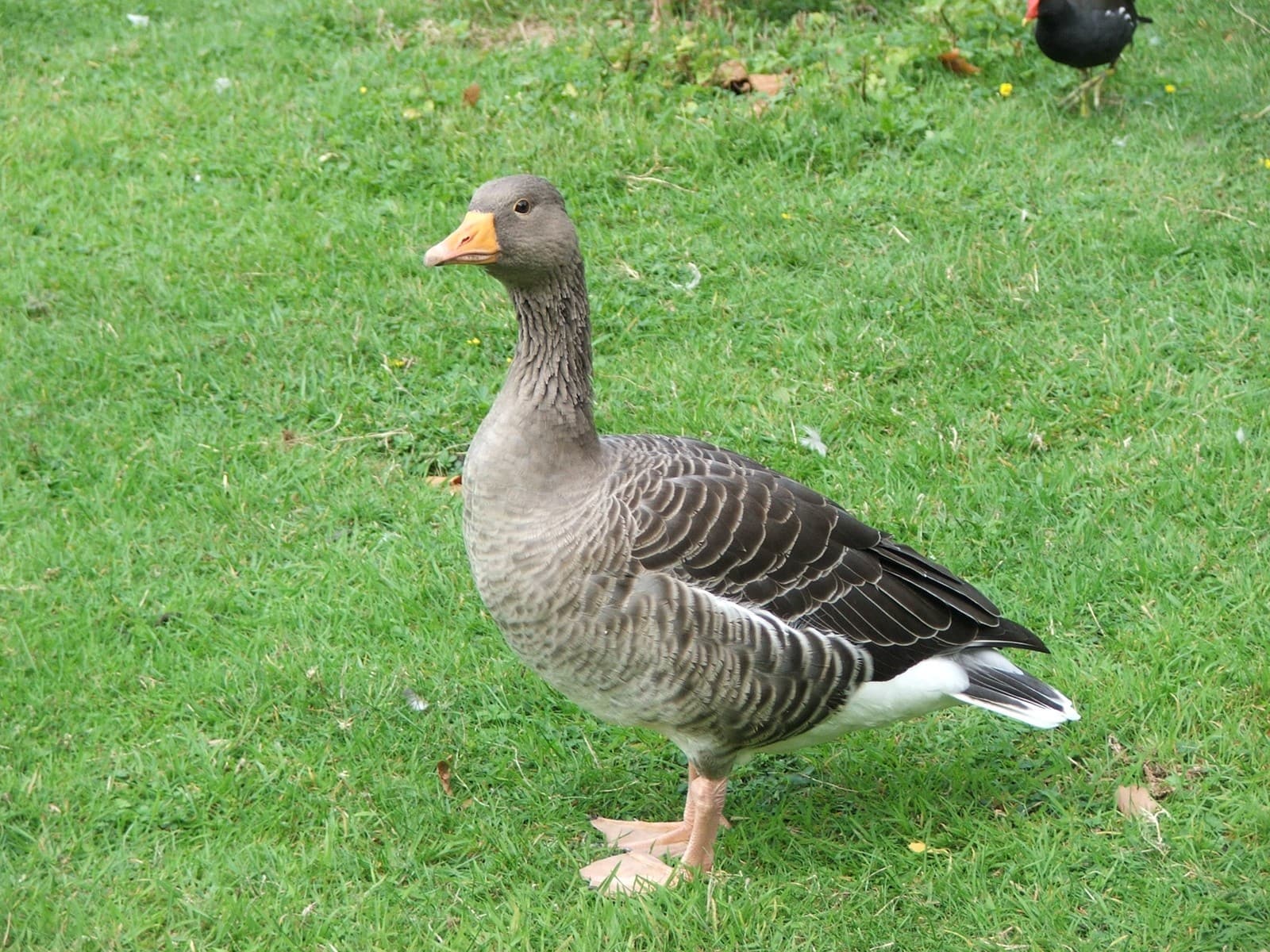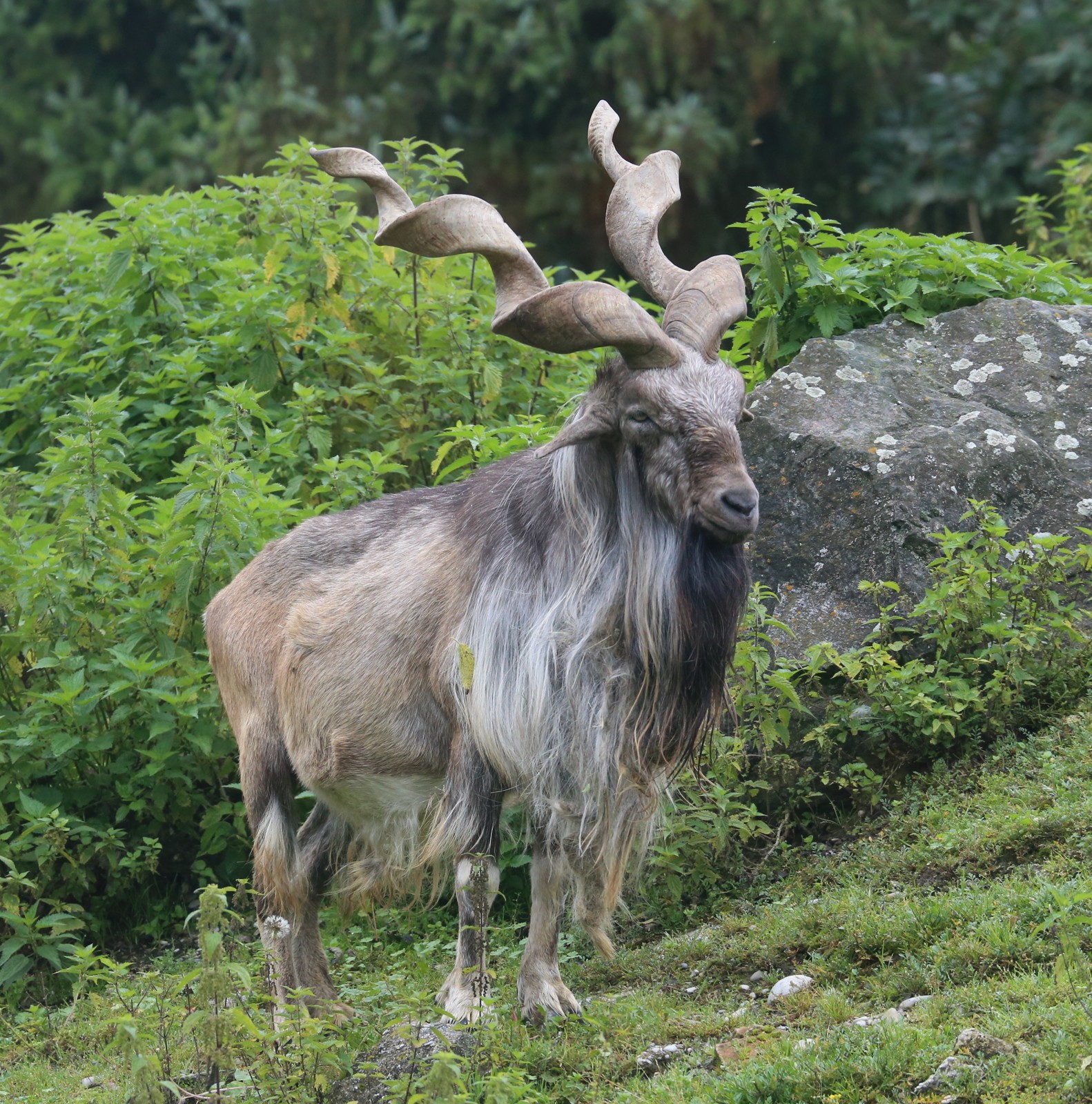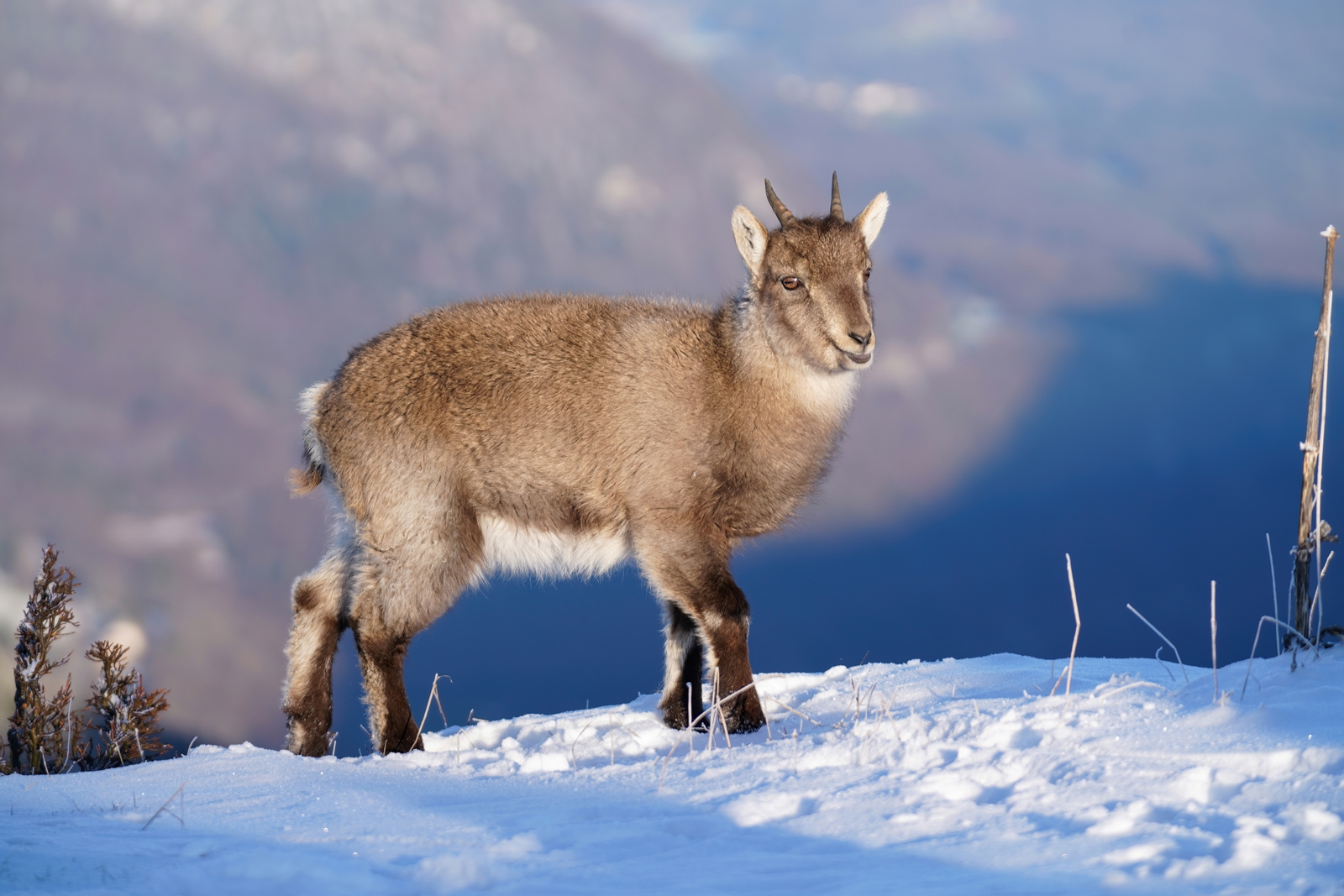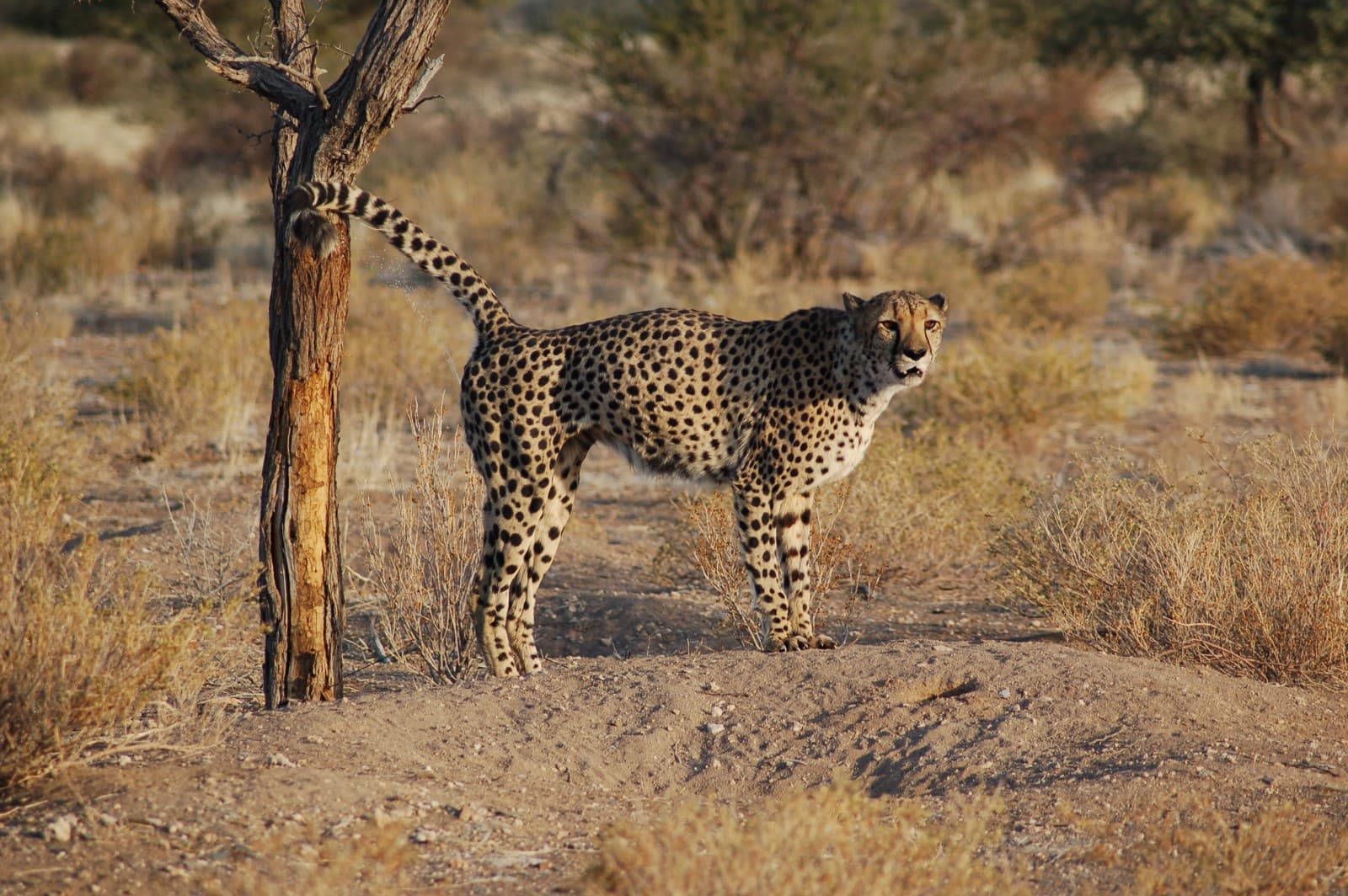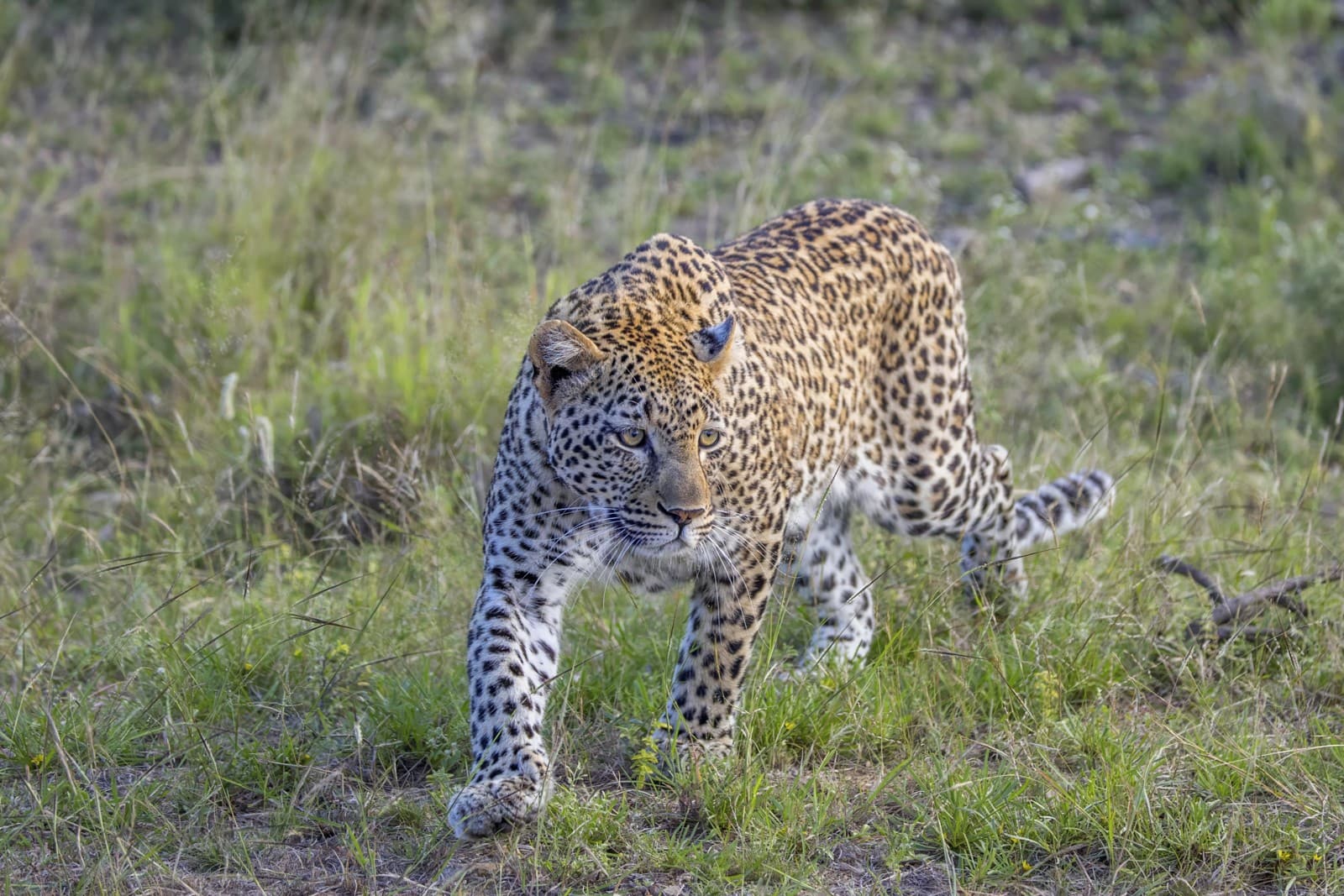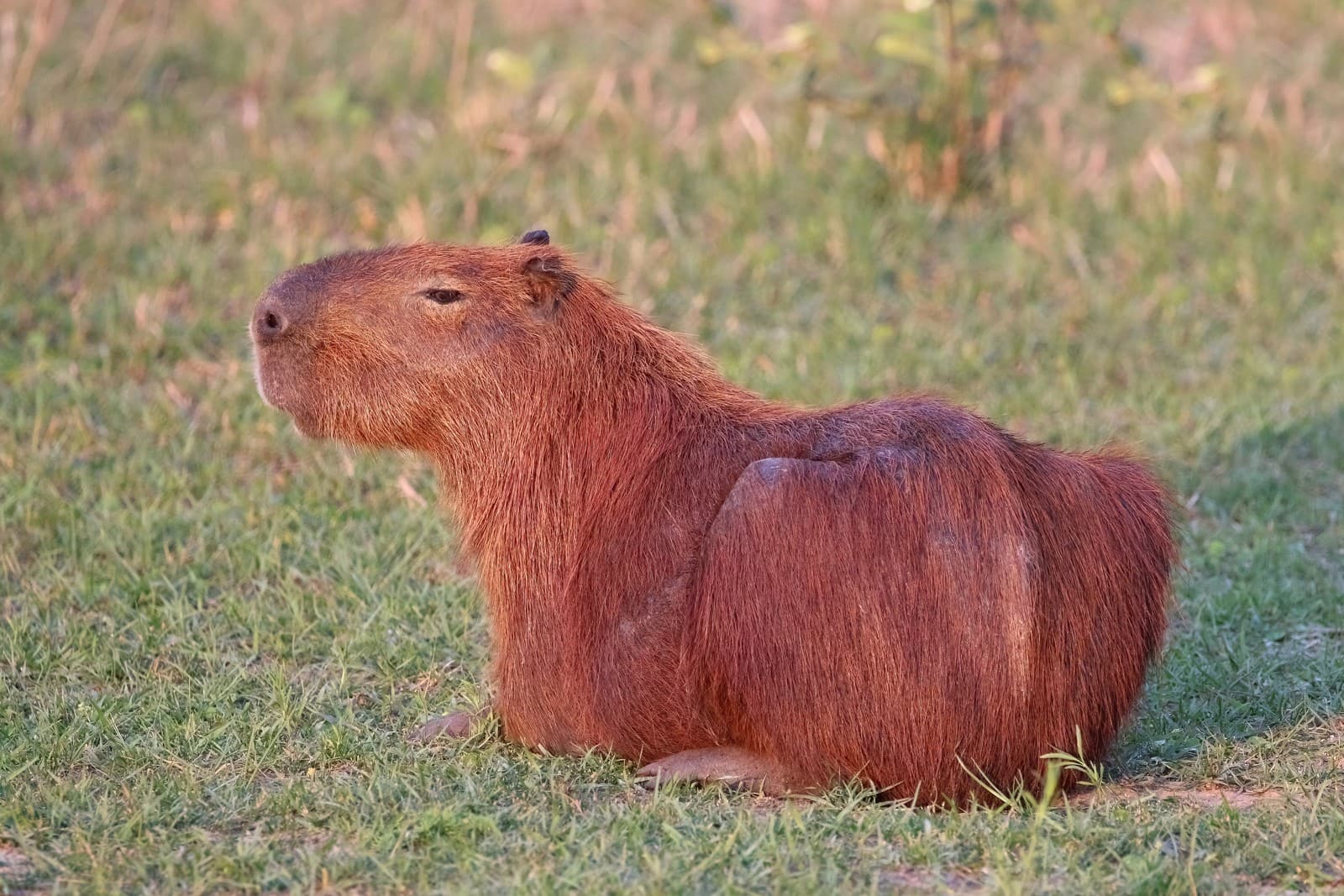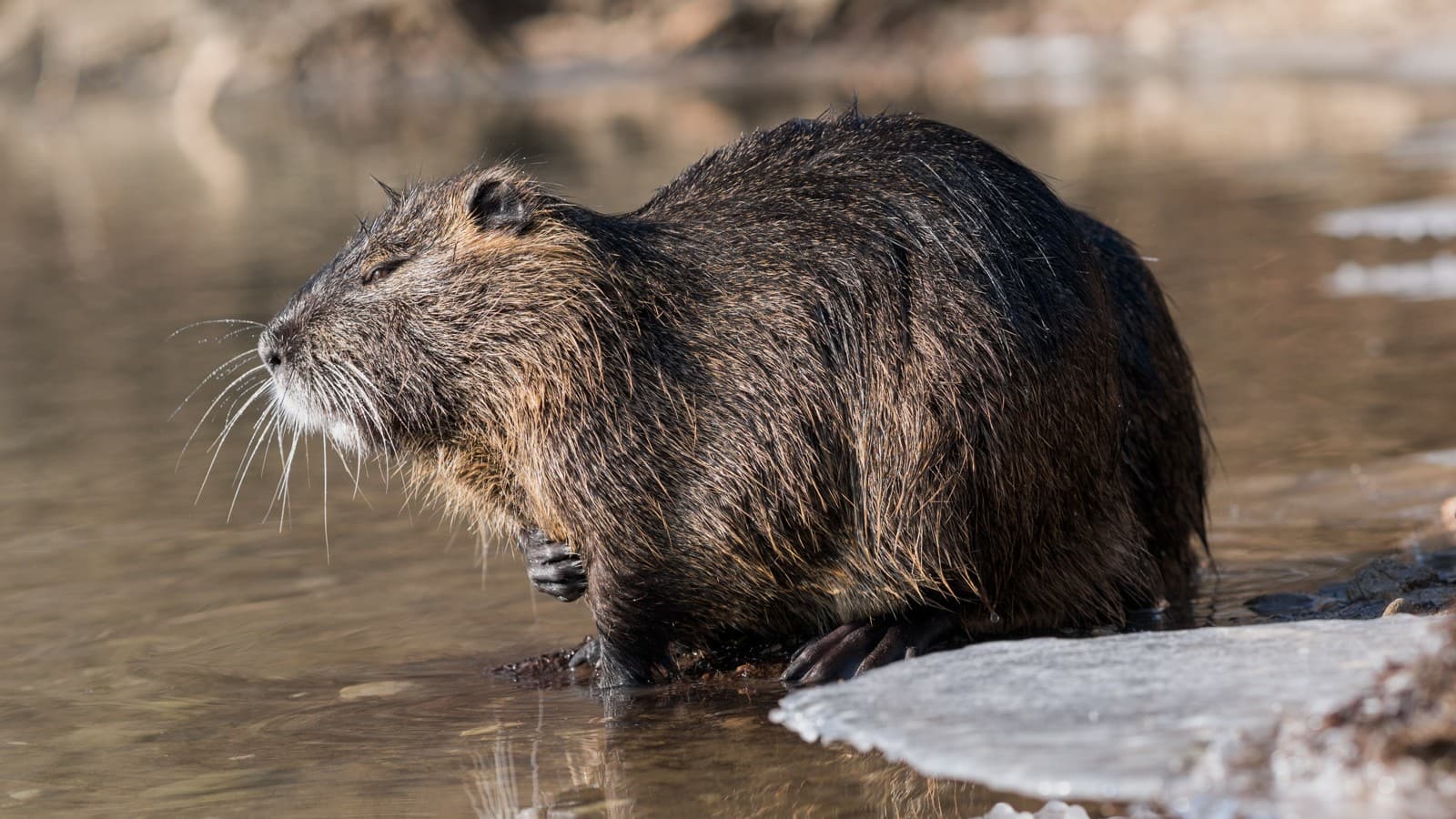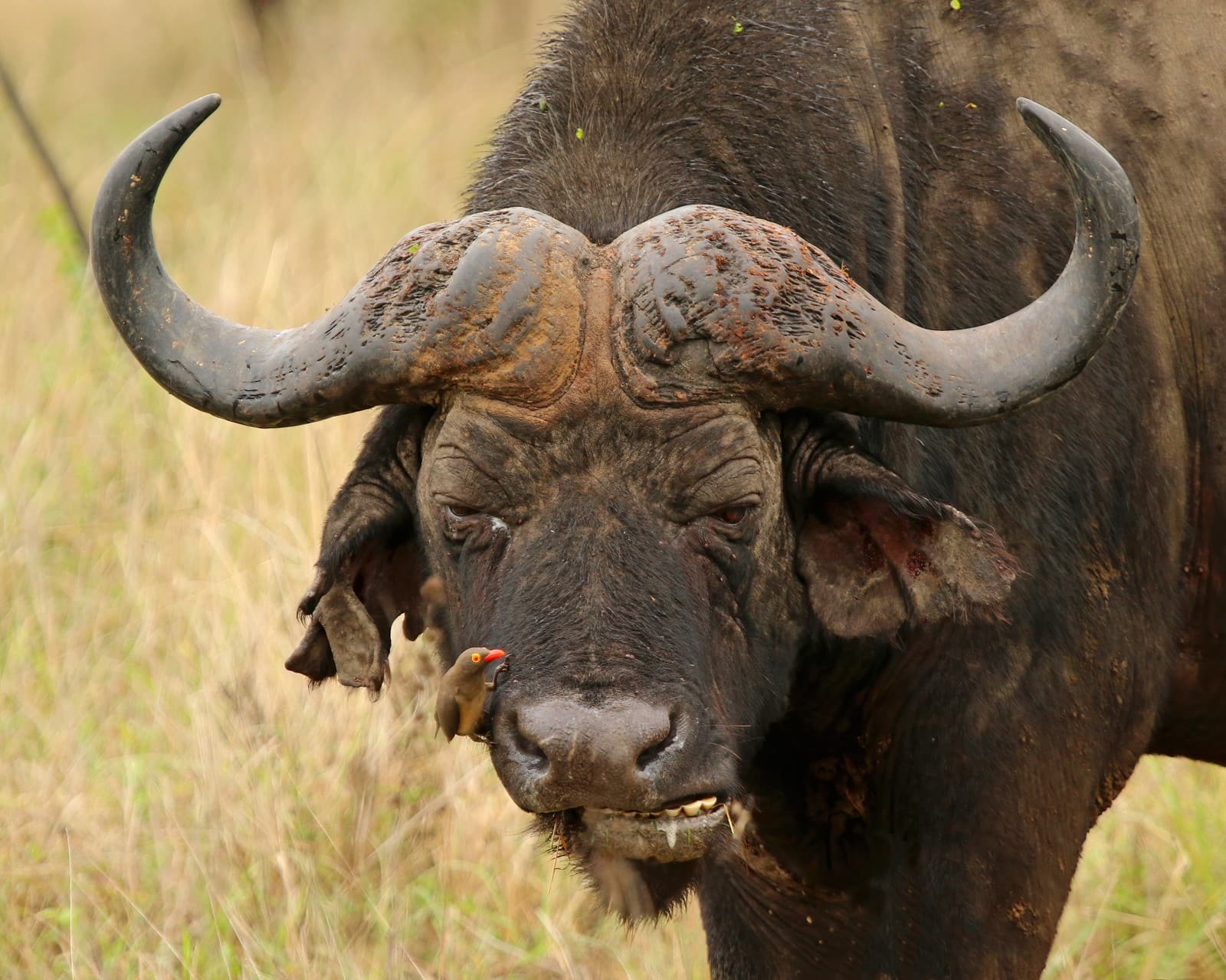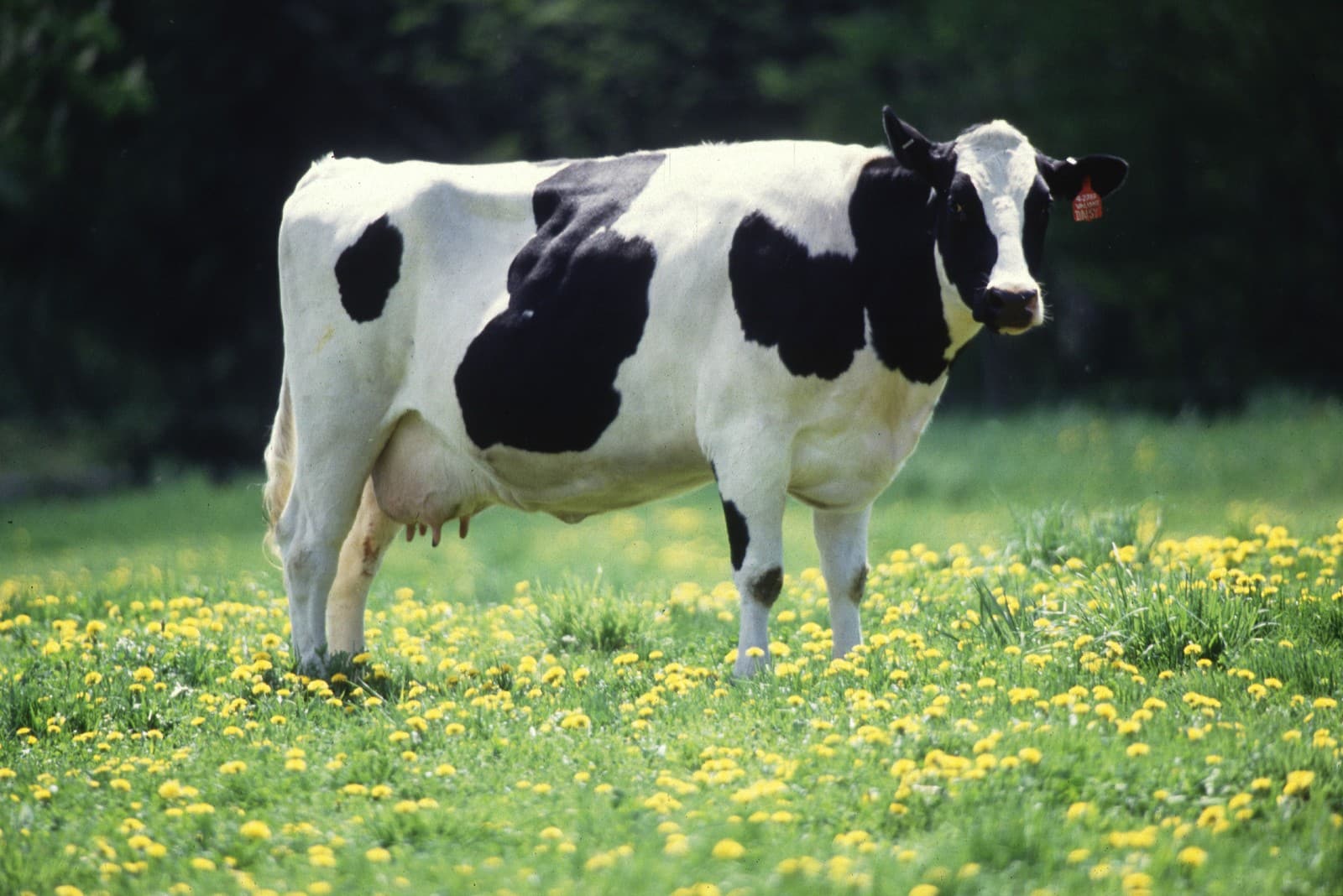Dhole vs African Wild Dog: A Complete Comparison
When comparing the Dhole vs African Wild Dog, we find two of nature’s most successful pack hunters, each adapted to vastly different environments. Dholes (Cuon alpinus) from Asia and African Wild Dogs (Lycaon pictus) share remarkable hunting success rates exceeding 80%, far surpassing lions at 30%. Despite never crossing paths in the wild, these distant cousins showcase fascinating parallels in social structure and hunting strategies.
Both species represent the pinnacle of cooperative hunting among canids, yet they’ve evolved distinct characteristics suited to their respective habitats. While Dholes thrive in Asia’s diverse landscapes from alpine forests to tropical jungles, African Wild Dogs dominate the savannas and woodlands of sub-Saharan Africa.
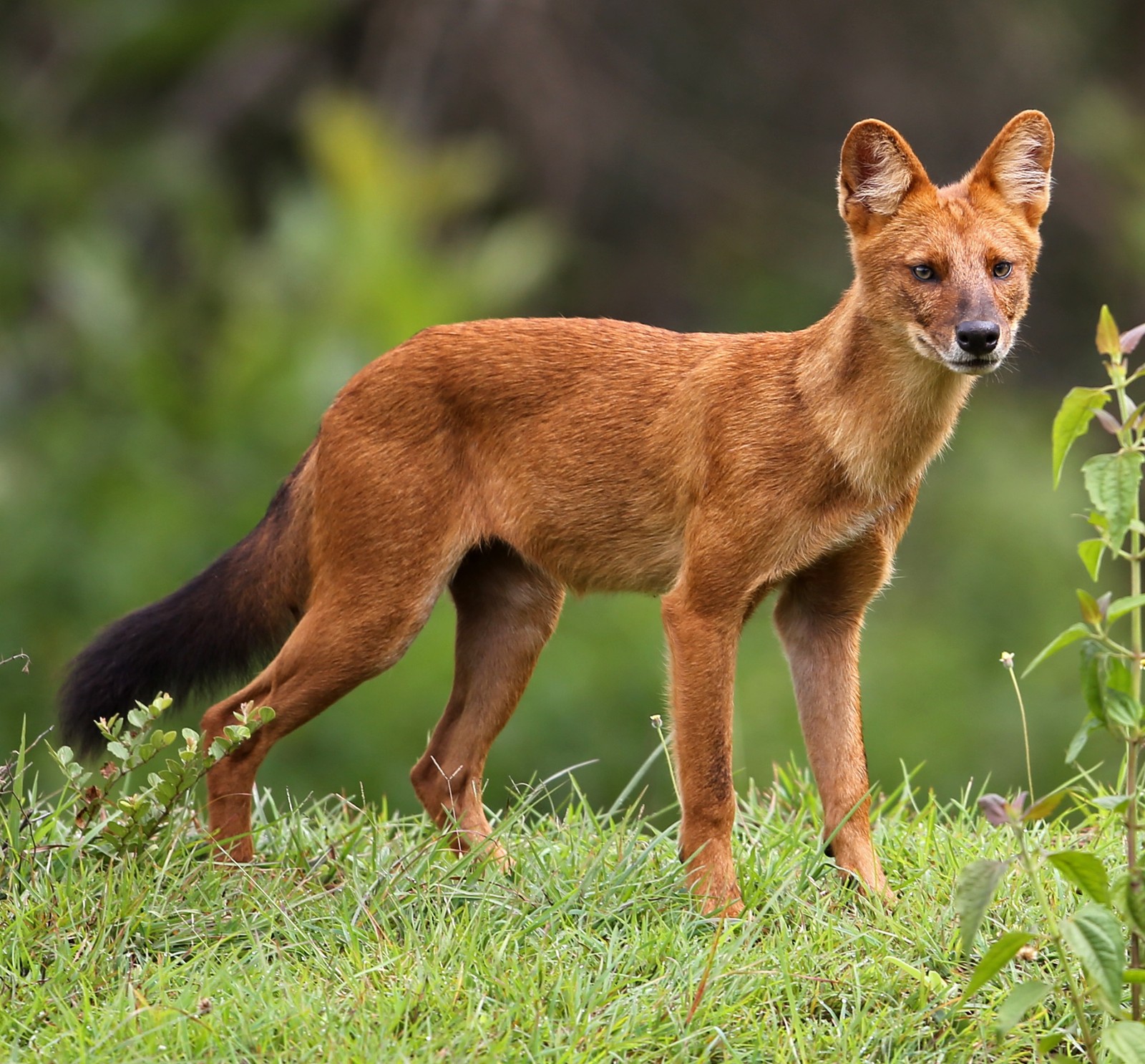
© Davidvraju / CC BY-SA 4.0
The Dhole, also known as the Asiatic Wild Dog, showcases its distinctive russet coat and athletic build. These pack hunters are slightly smaller than African Wild Dogs but equally formidable predators in their Asian habitats.
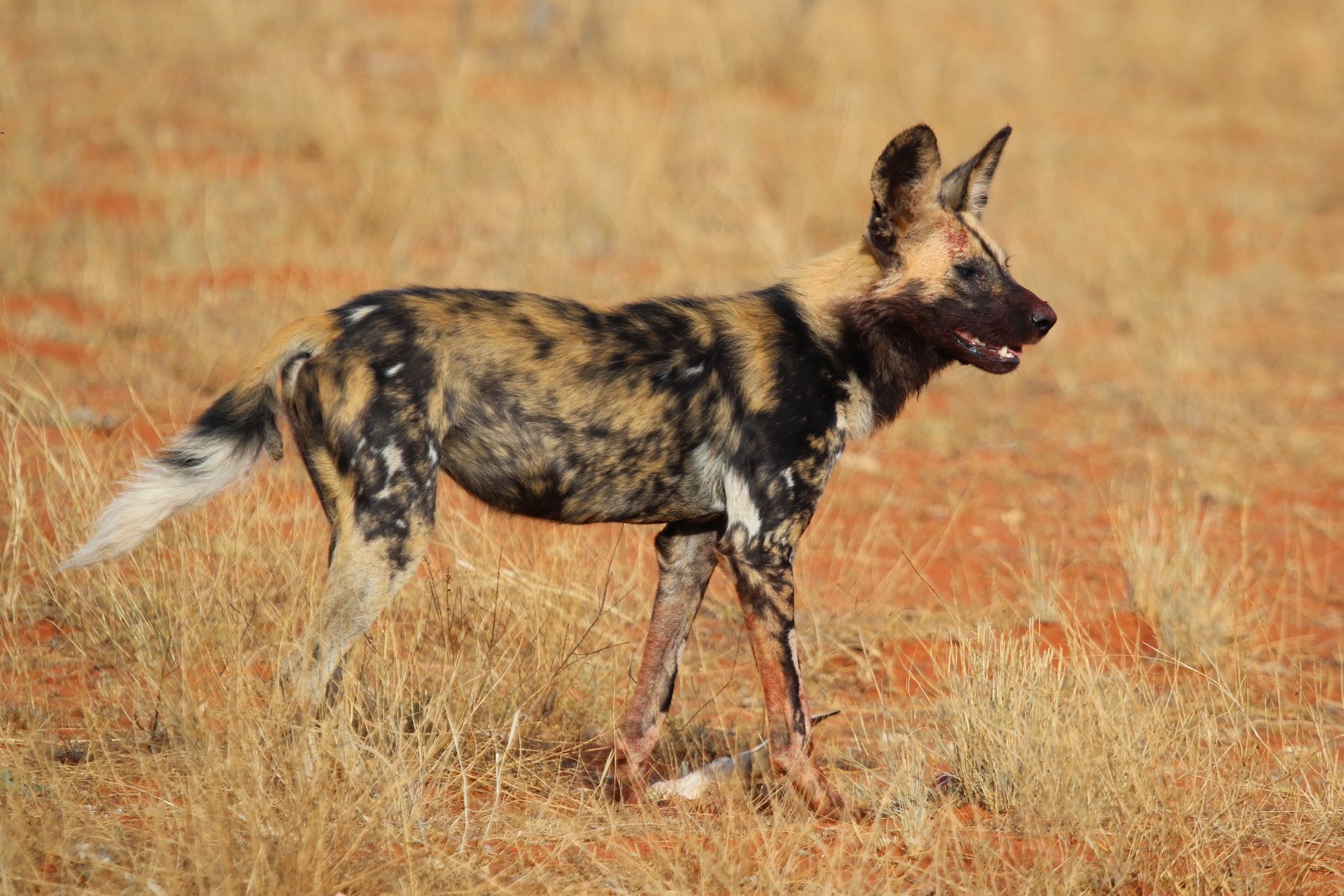
© Charles J. Sharp / CC BY-SA 4.0
The African Wild Dog exhibits its iconic mottled coat pattern, perfectly adapted for camouflage in savanna environments. Their larger size and distinctive markings set them apart from their Asian counterparts.
Key Differences: Dhole vs African Wild Dog
| Feature | Dhole | African Wild Dog |
|---|---|---|
| Size | 30-50 lbs (13-23 kg) | 40-80 lbs (18-36 kg) |
| Habitat | Forests to mountains | Savannas and woodlands |
| Pack Size | 5-12 members | 6-20 members |
| Hunting Success | 80-90% | 80-85% |
| Coat Pattern | Uniform russet-red | Mottled tri-colored |
| Geographic Range | South and Southeast Asia | Sub-Saharan Africa |
Habitat and Distribution
Dholes historically ranged across most of South and Southeast Asia, from the Himalayan mountains to tropical forests. Their adaptability allows them to thrive in diverse environments from sea level to 17,000 feet (5,200 meters). African Wild Dogs, conversely, prefer open plains and light woodland areas across sub-Saharan Africa, avoiding dense forests and true deserts.
Hunting Behavior and Diet
Both species excel at cooperative hunting, but employ different strategies. Dholes rely on short, intense chases and their powerful bite force, often taking down prey larger than themselves. African Wild Dogs are endurance hunters, pursuing prey over long distances until exhaustion, sometimes covering 3.5 miles (5.6 kilometers) per chase.
Social Structure and Pack Life
While both species live in highly social packs, their hierarchies differ significantly. Dhole packs typically maintain more fluid leadership structures, while African Wild Dogs follow strict hierarchies with separate dominant breeding pairs. Both species show remarkable cooperation in pup-rearing, with the entire pack contributing to care for young.
Conservation Status and Threats
These remarkable predators face similar challenges:
- Habitat fragmentation
- Human conflict
- Disease transmission from domestic dogs
- Declining prey populations
The IUCN Red List classifies both species as endangered, with Dholes numbering fewer than 2,500 mature individuals and African Wild Dogs maintaining roughly 6,600 adults in fragmented populations.
Who Would Win in a Confrontation?
While such encounters would never occur naturally, comparing physical capabilities reveals interesting insights. African Wild Dogs generally possess size advantage and superior endurance, while Dholes demonstrate stronger bite force and better adaptation to varied terrain. However, both species avoid conflict with similar-sized predators, focusing instead on cooperative hunting of prey species.
Frequently Asked Questions
Which species has a higher hunting success rate?
Dholes slightly edge out African Wild Dogs with success rates of 80-90% compared to 80-85%, though both rank among nature’s most effective predators.
How do their pack sizes compare?
African Wild Dogs typically form larger packs of 6-20 members, while Dhole packs usually contain 5-12 individuals. Pack size often correlates with available prey size and habitat type.
Which species is more endangered?
While both face serious threats, Dholes currently face greater risk with significantly lower population numbers and more severe habitat fragmentation across their range.
